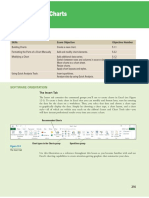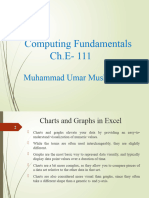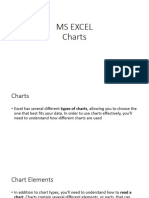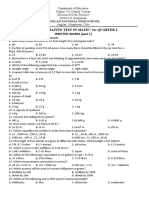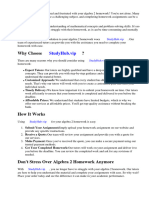0% found this document useful (0 votes)
66 views10 pagesClass 7 - Computer Science Holiday Homework With Answers
The document contains holiday homework for Class VII students at Army Public School Bathinda, focusing on the Number System and Advanced Excel Charts. It includes questions on binary number conversions, binary arithmetic, and Excel chart types, along with a question paper format for assessments. The document is structured into multiple-choice, short answer, and long answer sections to evaluate students' understanding of the topics.
Uploaded by
shallujoshiCopyright
© © All Rights Reserved
We take content rights seriously. If you suspect this is your content, claim it here.
Available Formats
Download as DOCX, PDF, TXT or read online on Scribd
0% found this document useful (0 votes)
66 views10 pagesClass 7 - Computer Science Holiday Homework With Answers
The document contains holiday homework for Class VII students at Army Public School Bathinda, focusing on the Number System and Advanced Excel Charts. It includes questions on binary number conversions, binary arithmetic, and Excel chart types, along with a question paper format for assessments. The document is structured into multiple-choice, short answer, and long answer sections to evaluate students' understanding of the topics.
Uploaded by
shallujoshiCopyright
© © All Rights Reserved
We take content rights seriously. If you suspect this is your content, claim it here.
Available Formats
Download as DOCX, PDF, TXT or read online on Scribd
/ 10







